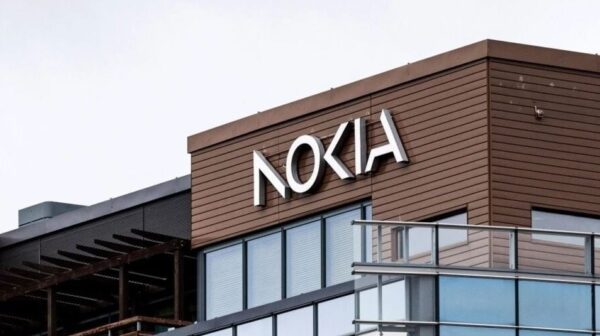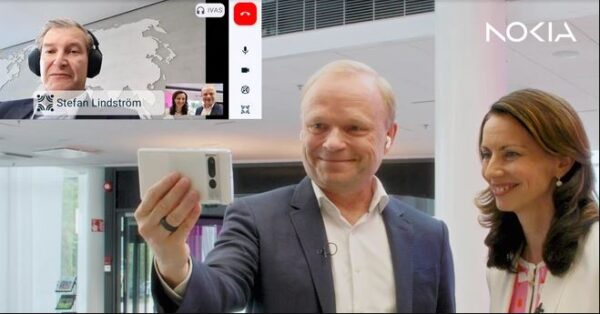Nokia introduces voice calling technology using 3-dimensional sound, helping to enhance user experience and interaction compared to today’s audio compression format.
On June 10, Mr. Pekka Lundmark, CEO of Nokia, made a phone call using new technology called “vivid audio and video”. This solution promises to help improve call quality. calling with 3-dimensional audio as well as enhancing the vividness of interactions, according to Reuters.
“We have proven the future of voice calling,” said Lundmark. This CEO also appeared at the event to make the world’s first 2G call in 1991.
In addition, the above event also had the participation of Mr. Stefan Lindstrom, Ambassador of Digitalization and New Technology of Finland.
Most smartphone calls today are in mono, meaning that the audio elements are compressed into a single channel. This unintentionally causes the sound quality to be flat and less detailed. Nokia’s new technology can solve this problem by adding 3D sound, helping callers hear as if they were having a direct conversation with the other person.
“”This is the most significant development in voice calling since the introduction of monophonic audio on modern calling devices,” stated Jenni Lukander, president of Nokia Technologies.
Ms. Lukander believes that Nokia’s 3-way audio calling technology is gradually being standardized and could soon be deployed by carriers, handset manufacturers and many other companies.
Jyri Huopaniemi, head of audio research at Nokia Technologies, said that in addition to actual calls between two people, the above feature can be applied in conference calls, where the subject’s voice will be heard. separate from the crowd to avoid affecting listeners.
Currently, most smartphones have at least 2 microphones. Therefore, Nokia’s new technology can be deployed quickly by installing software features, instead of having to upgrade the entire hardware system of the device.
Additionally, 3-dimensional audio is part of the upcoming 5G Advanced standard, and Nokia aims to get a license to use the technology widely over the next few years.













